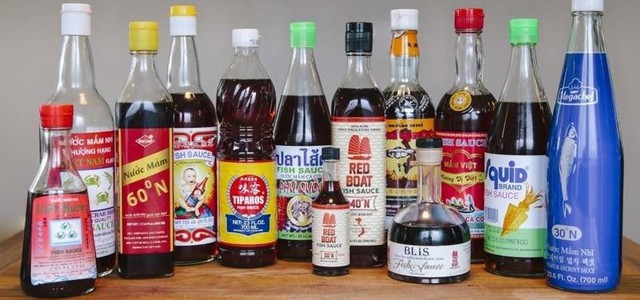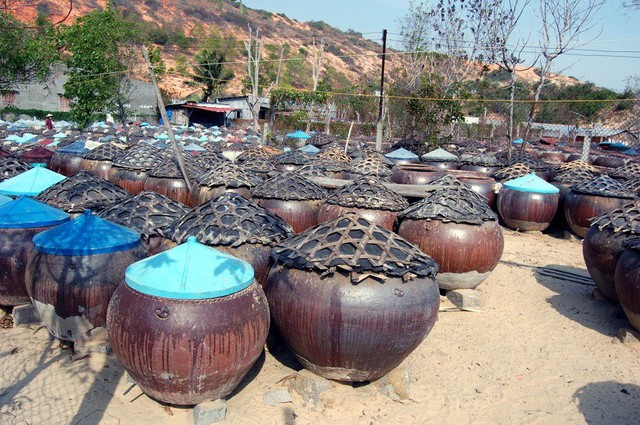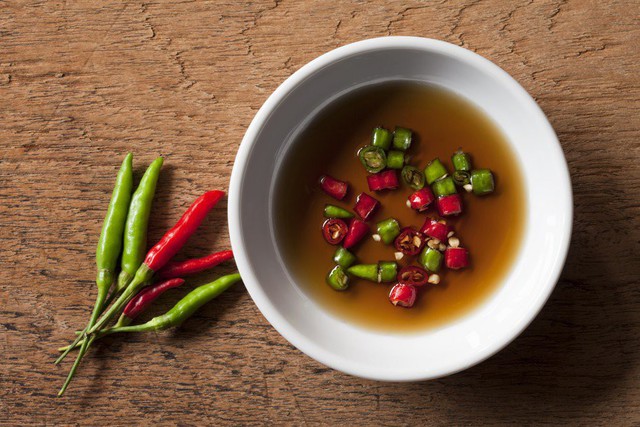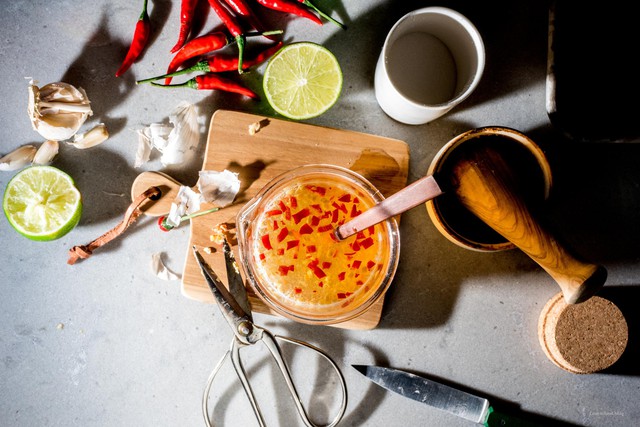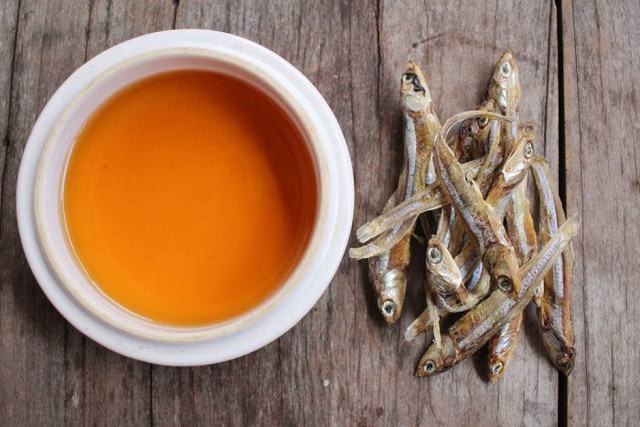Products not found
8 March, 2023
The competition between Vietnamese fish sauce and Thai nam pla through the perspective of foreign journalists: Where is the “spice queen” of dishes?
The anchovies are salted and aged for many months to create a liquid that is considered the soul of Southeast Asian cuisine. However, who is the champion of taste: the delicate salty taste of Vietnamese fish sauce or the pungent taste of a rival from Thailand?
Fish sauce is an indispensable condiment in every meal of Vietnamese people. It is the soul of the dish, bringing a rich, ardent taste that highlights each fiber of meat and each piece of vegetable. Without fish sauce, all delicacies also become bland in the mouths of diners.
Recently, journalist Victoria Burrows – a food commentator of the Wall Street Journal, BBC Travel, Harper Bazaar, Tatler, etc. – wrote an article about the quintessence of Asian fish sauce in the South China Morning Post (SCMP). She compared the taste of Vietnamese fish sauce with Thai fish sauce and drew her own comments.
Below is an article by Victoria Burrows in SCMP.
When it comes to Asian fish sauce, we often think of “nam pla” of Thai people. However, some chefs believe that “fish sauce” – the Vietnamese equivalent – deserves recognition and glory.
“Fish sauce is an important part of Vietnamese cuisine: it can elevate or destroy a dish,” says celebrity chef Que Vinh Dang. He just opened a Vietnamese restaurant called “Nhau” in Hong Kong earlier this year.
“There is a big difference between Vietnamese and Thai fish sauce. The Vietnamese fish sauce is really superior. I have never tried such a delicious Thai fish sauce,” he added.
The jars containing fish and salt will be placed in the sun to naturally ferment for 1 year.
Usually, fish sauce will be made from anchovies, or any fish that is too small to eat. Fish are arranged alternately between layers of salt, placed in earthen jars. Then, a mat is covered over the mouth of the jar, and a weight is placed on top to keep it in place.
These jars will then be sealed with plastic wrap and left in a warm sunny place to marinate for 1 year. When the fish decompose, they secrete a brown liquid. The fisherman will take this water with the spout placed at the end of the jar.
It is the “backbone” of East Asian cuisine. In Korea, it’s called aek jeot, in the Philippines it’s patis, in Cambodia it’s toeuk trey.
Vietnamese fish sauce often has a milder taste than Thai fish sauce – also known as nam pla. Quality fish sauce will have light and clear amber yellow, with a gentle aroma. Like olive oil, fish sauce is evaluated based on the quality and price of each type.
Fish sauce is considered the backbone of Southeast Asian cuisine.
Depending on the protein level, fish sauce is divided into different types. Fish sauce with a protein content of over 30N is considered high-grade fish sauce, in which fish sauce with a protein content of 40N is considered excellent. Any kind of fish sauce with a protein content of more than 40N is concentrated fish sauce. However, most fish sauce on the market now only has a protein level of 20-30N.
Some types of Vietnamese fish sauce have the word “Nhi” (right) or “Thuong hang” (premium) on the label. These phrases indicate that these are pure tears, produced solely from fish and salt with excellent taste and quality.
“The first batch of fish sauce is always more complex and less salty,” said Chef Que. He is very fond of fish sauce made from Nha Trang or Phu Quoc.
“The second batch of fish sauce also has a complex flavor, but with more saltiness. With the third batch, the salty taste will be even more pronounced. The fourth batch is what many people think is fish sauce.”
Chef Que never cooks with fish sauce from the first batch. “You would just use cheap salt to cook pasta,” he said. With this kind of fish sauce, he used it for dipping to increase the flavor of the dish.
Although Thai fish sauce lacks the quintessential Vietnamese fish sauce, its spicy and pungent taste is still very suitable for all kinds of dishes, according to Weerawat Triyasenawat – aka Chef Num. He opened a restaurant Samuay & Sons – specializing in northeastern Thai specialties – with his younger brother in Udon Thani city (Thailand).
“It also depends on what dish you use fish sauce for,” says Chef Num.
“The subtlety of Vietnamese fish sauce flavor is perfect for dipping dishes, while nam pla’s strong flavor highlights the herbs and ingredients in Thai dishes,” he concludes.
Chef Num is working with fish sauce makers to preserve traditional fish sauce making techniques in his province. Nowadays, making fish sauce manually requires a lot of time and effort, not to mention that it is easy for consumers to buy industrial fish sauce that is fully sold in the market. Therefore, less and less people make traditional fish sauce in Thailand.
“One of the traditional techniques involves cleaning the guts of the fish (although sometimes the guts will be left intact), adding the right amount of salt, then incubating for six months until the fish sauce is formed.” Chef Num said.
“Then they would extract that water, boil it, sprinkle some palm sugar to balance the flavor. Next, that fish sauce mixture will be placed in a jar and dried in the sun. During that process, the fish sauce will be naturally disinfected.
“That’s how the best fish sauce is made,” said Chef Num.



 Home
Home 